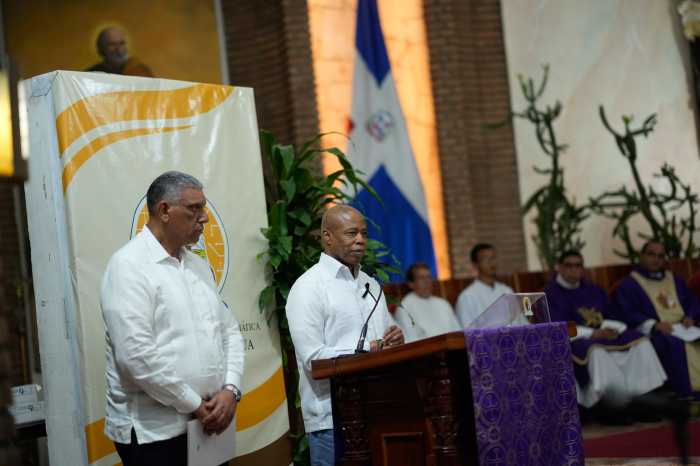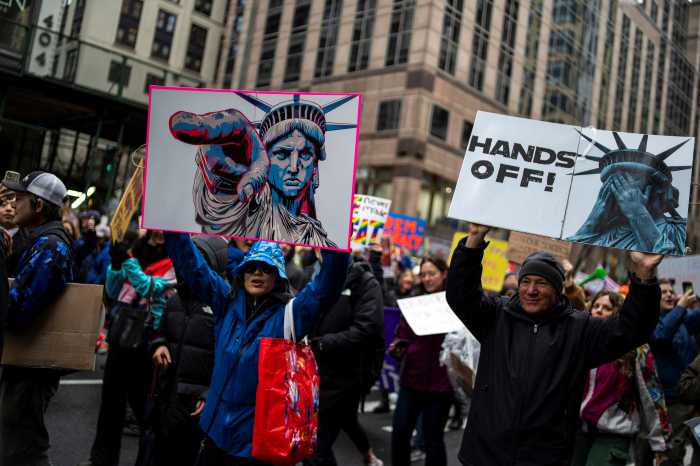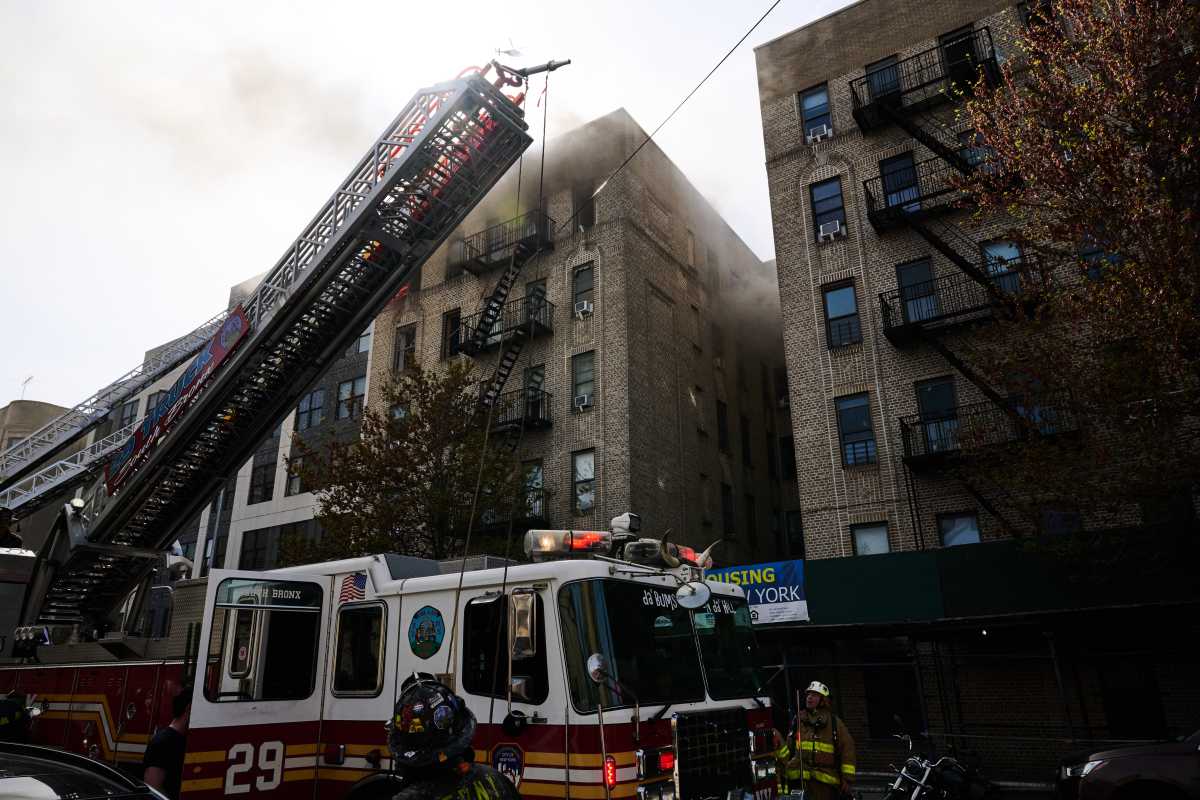Imagine you are a parent working a job with an unpredictable work schedule – some weeks working mornings, other weeks working nights or weekends. You discover that your child cannot receive stable, reliable child care assistance because in New York, your work hours determine how many hours your child can be cared for.
You are faced with an impossible decision: choose between your job and taking care of your child.
Unfortunately, this is an all-too-common story.
We need laws that reflect the realities facing New York City families and meet their everyday needs. Governor Kathy Hochul has shown leadership in standing with working families and providing critical reforms to the state’s child care system – now, the Adams administration, Robin Hood Foundation, and over 100 advocates are calling on her to do that again and sign legislation decoupling child care assistance from parents’ work hours.
Bill S.5327A/A.4986A would allow New York City to use Child Care Block Grant funds to provide child care assistance to eligible families, regardless of the parent’s work, training, or educational schedule. As it stands now, a parent with an unpredictable work schedule – one that changes as their employer shifts work assignments and hours over the course of months, or even week to week, as many hourly-wage jobs do – cannot rely on subsidies to provide the stable, consistent, and reliable care that is critical to young children’s development. Parents who rely on gig work or on part-time work cannot use subsidies to enroll their child into a typical child care, which operates according to a 9-5 workday. The law would finally end the outdated practice of linking subsidized hours of child care to work hours and allow access to child care vouchers so children can attend the full-day, full-week child care programs needed.
Studies show that investing in child care and early childhood education is one of the most effective ways to combat poverty and provide families in New York City with economic stability. Our families need it, and our economic recovery depends on an equitable, accessible, and high-quality child care system. A recent report from Comptroller Tom DiNapoli showed that mothers, specifically Black mothers carry the burden and are disproportionately impacted, facing a high rate of unemployment. When we address the disparities within child care, we have an opportunity to right systemic wrongs and lift people out of poverty.
Governor Hochul and Mayor Adams launched New, New York, a bold plan to reimagine a city and state that works for all New Yorkers. One of the pillars is to help working families participate in the labor force and drive an equitable recovery by making child care accessible and affordable. Since 2020, labor force participation among parents has been recovering to pre-pandemic levels.[1] Still, there has not been a significant increase in the overall participation of parents with children under five, and the gap in participation between parents and non-parents persists.[2] In New York City, an estimated 375,000 parents have chosen or may soon choose to leave a job or downshift their careers because of the dual impact of COVID-19 and lack of access to affordable child care.[3] For mothers in particular, the decision to leave the workforce to care for their young children can cost up to $145,000 in forgone earnings.[4] If we want parents to participate in their economy, we have to understand their child care needs.
New York City has taken its own steps to implement long overdue, common-sense strategies to expand access to child care for working families. Since the launch of the Mayor Adams’ Blueprint for Child Care Accessible, Equitable, High-quality, Affordable, New York City has enrolled more than 22,000 children in child care through low-income vouchers, brought the application process online through MyCity and reduced the annual co-payment per child from $1,500 to $220. In the blueprint, decoupling is listed as a critical way to bring equity to the child care system.
Importantly, federal law does not require New York State to restrict access to child care assistance to match a child’s approved hours of subsidized childcare with the parent’s work, training, educational or other qualified activity schedule. There is no authority standing in the way of the Governor making the decision to offer struggling families managing unpredictable schedules the benefits of high quality, consistent child care – and federal funding dollars can be used.
With federal dollars available, studies showing the disparities, and a clear path to solving longstanding inequities, the time is now to act. Together, New York City and State have made progress in reimaging what our child care system can – and should – look like. Now is another opportunity to do the right thing for working parents and sign into transformative child care legislation.


































